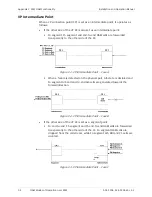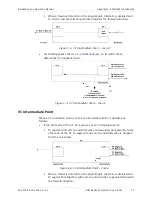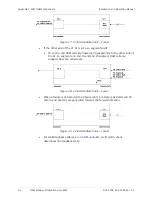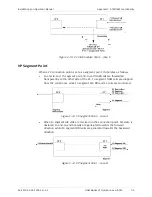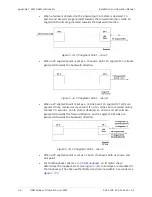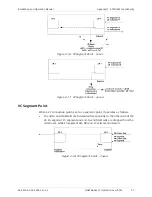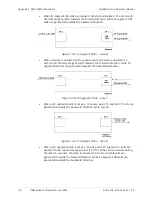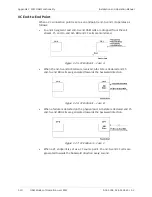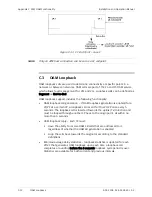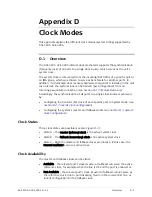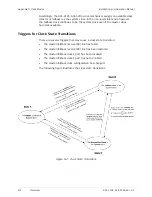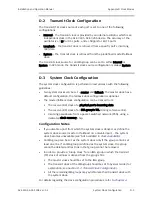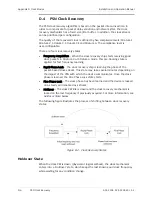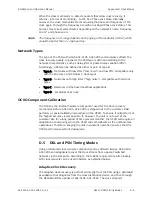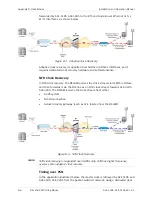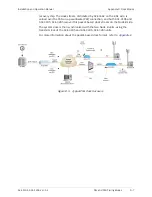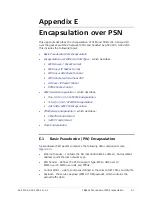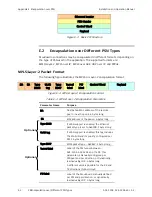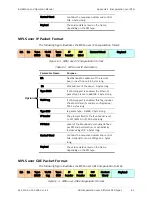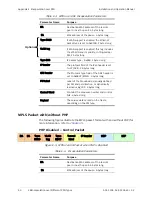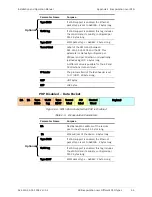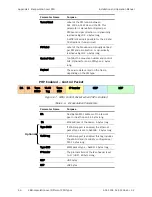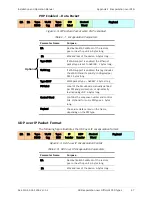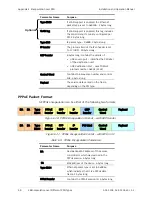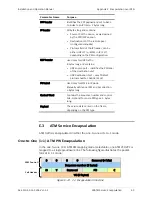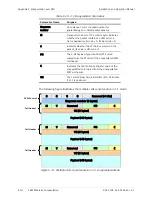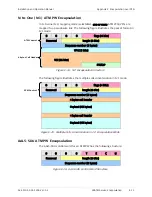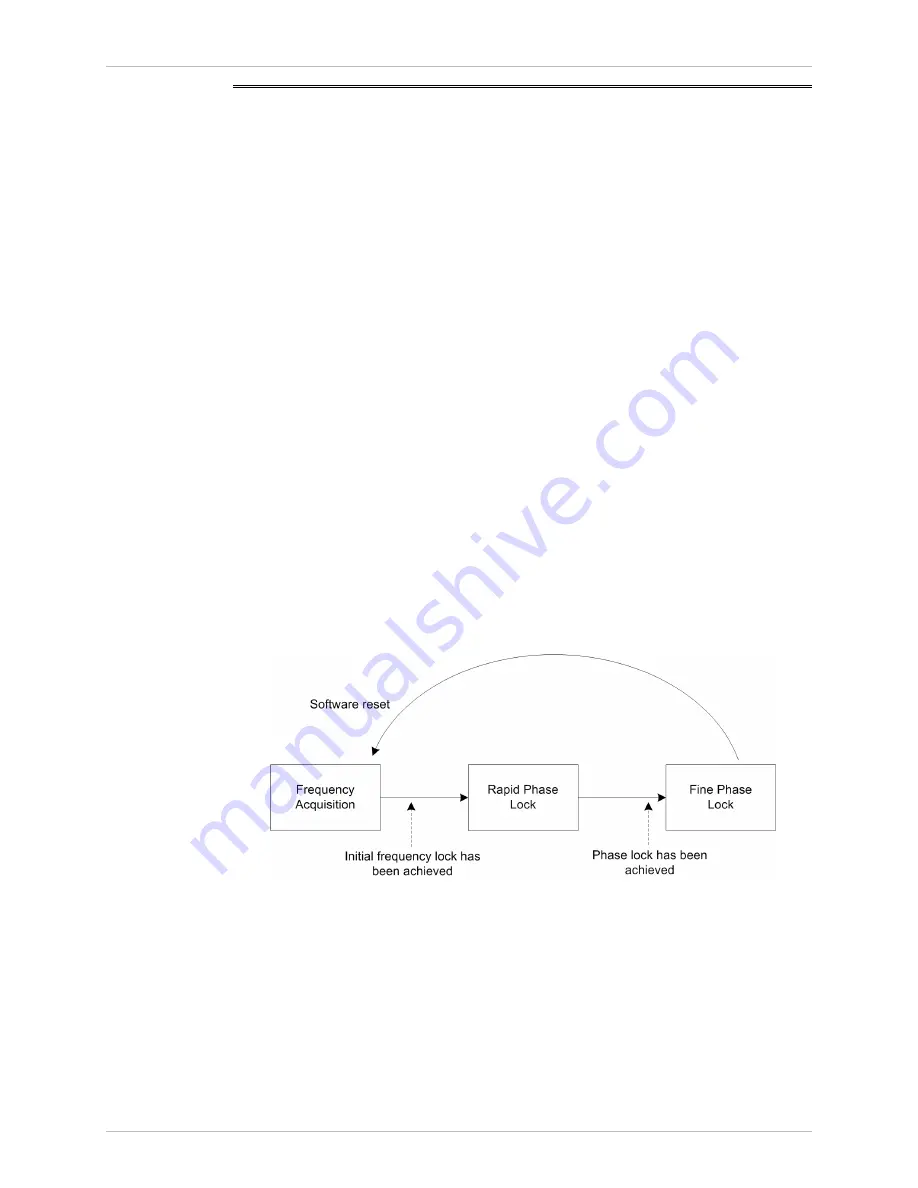
Appendix
D Clock Modes
Installation and Operation Manual
D-4
PSN Clock Recovery
ACE-3105, ACE-3205 Ver. 5.2
D.4
PSN Clock Recovery
The PSN clock recovery algorithm is based on the packet inter-arrival time. In
order to compensate for packet delay variation and network jitter, the clock
recovery mechanism has a fixed-size jitter buffer. In addition, the clock stream
can be prioritized per configuration.
The quality of the recovered clock is defined by five compliance levels: Stratum-1,
Stratum-2, Stratum-3, Struaum-3E and Stratum-4. The compliance level is
user-configurable.
There are four clock recovery states:
•
Frequency Acquisition – When the clock recovery chip starts receiving good
clock packets in Stratum-3 or Stratum-4 mode, this pre-tracking state is
applied for fast frequency learning.
•
Rapid Phase Lock – The clock recovery chip is learning the phase of the
packet-based clock stream. This state may take several minutes depending on
the impact of the PSN with which the device communicates. Once the clock
phase is learned, the Fine Phase Lock state starts.
•
Fine Phase Lock – The clock phase has been learned and the device is locked
on a steady and reliable clock stream.
•
Holdover – The clock PW link is down and the clock recovery mechanism is
locked on the last frequency it previously acquired. For more information, see
below.
The following figure illustrates the process of shifting between clock recovery
states:
Figure
D-2. Clock Recovery States
Holdover State
When the clock PW is down (physical or logical setback), the clock mechanism
enters into a 'Holdover' state, which keeps the last known good clock frequency
while waiting for any condition change.

